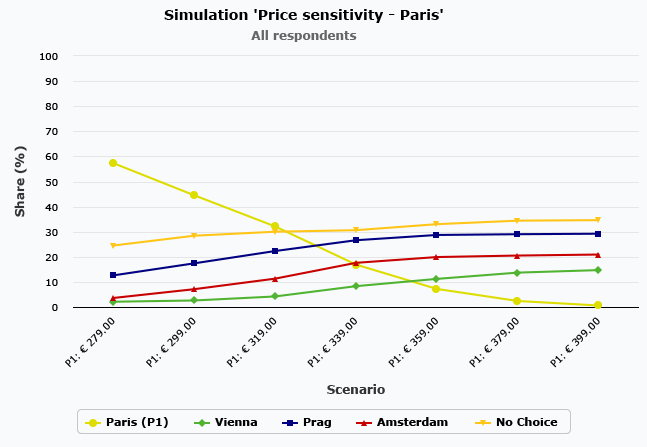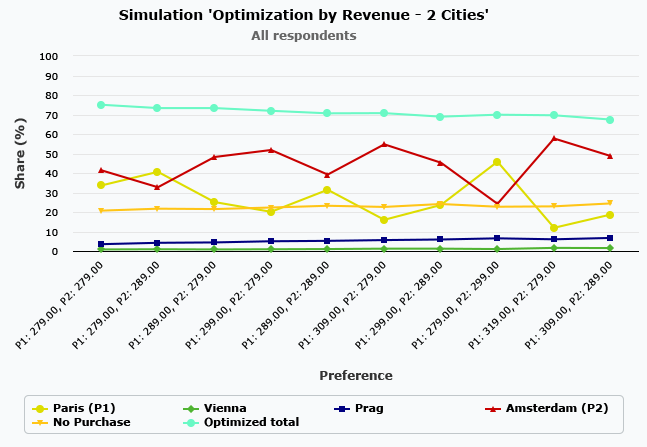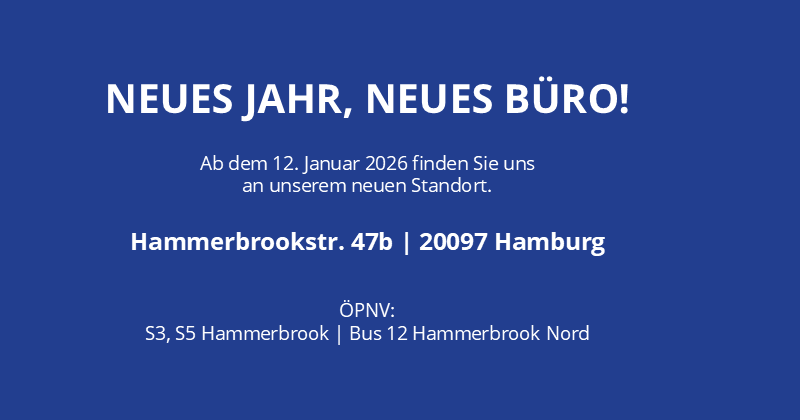Brand Price Trade Off (BPTO)
Price research with the Brand Price-Trade Off method: questionnaire design, price analysis and DIY tool BPTO by IfaD
Test with us the pricing of new and existing products in the competitive environment with the brand price trade-off method. We create the optimal questionnaire design for surveys on smartphones and desktops, analyze the data and also offer the BPTO tool from the ADABOX for your DIY market research.
The Brand-Price-Trade-Off (BPTO) method determines product preferences in the price context
The goal of the Brand-Price-Trade-Off method is to determine the interrelationship between product alternatives and price positions. It investigates which products are most preferred at what price.
The following questions are answered with the Brand-Price-Trade-Off-method:
- Price acceptance: What are the maximum acceptable prices for a product?
- Price differentiation: What differences in monetary values are perceived by consumers between the products being presented?

Price differences where the products are equally preferred
Interpretation example city breaks: ‘Paris’ is preferred on average in the same way as ‘Vienna’, if ‘Paris’ is € 29.79 more expensive. ‘Paris’ therefore has a higher perceived value.
- Price optimization: What market shares can a product achieve at different price levels in an environment in which it competes with other products?
Brand-Price-Trade-Off Example
Product alternatives could be things such as brands, different packaging sizes or design variants. The products under study are firstly presented to the respondents at base prices in a purchase scenario as a conjoint task. The price of the selected product is then increased by a set amount until it is no longer selected
Prerequisites and limits of the Brand-Price-Trade-Off
Because the only matter of concern is the relationship between the product as a whole (e.g. the brand or the packaging variant) and the price, clearly discernible product alternatives must be presented in the conjoint task. If the variation is in the brand its associated image is included in the respondent’s rating. Variations in a brand, such as those relating to pack size or design, should be relevant, i.e. their implementation should be feasible. The variation is only evaluated as a whole. A breakdown into components (such as design), as is the case with other conjoint analyses, is not possible.
To ensure that the findings obtained are valid, the Brand-Price-Trade-Off procedure must use relevant price ranges for all products. Starting with overly high prices or using upper limits acceptable to most participants will reduce the usefulness of the BPTO findings.
Brand-Price-Trade-Off analyses with IfaD and the BPTO tool of the ADABOX
- Willingness to pay: Determination of upper price limits and acceptance
- Price sensitivity: Determination of subjective monetary differences for products

Brand-Price-Trade-Off analysis: Price sensitivity
- Price elasticity and demand elasticity: Ascertaining of usage shares for products at differing price points
- Willingness to buy: Simulation of any desired scenarios based on the defined products and prices
- Price analysis: Calculation of market shares, sales volumes, turnover and profit
- Price optimization: Automatic optimization by shares, sales volumes, turnover and profit

Brand-Price-Trade-Off price optimization by revenue




